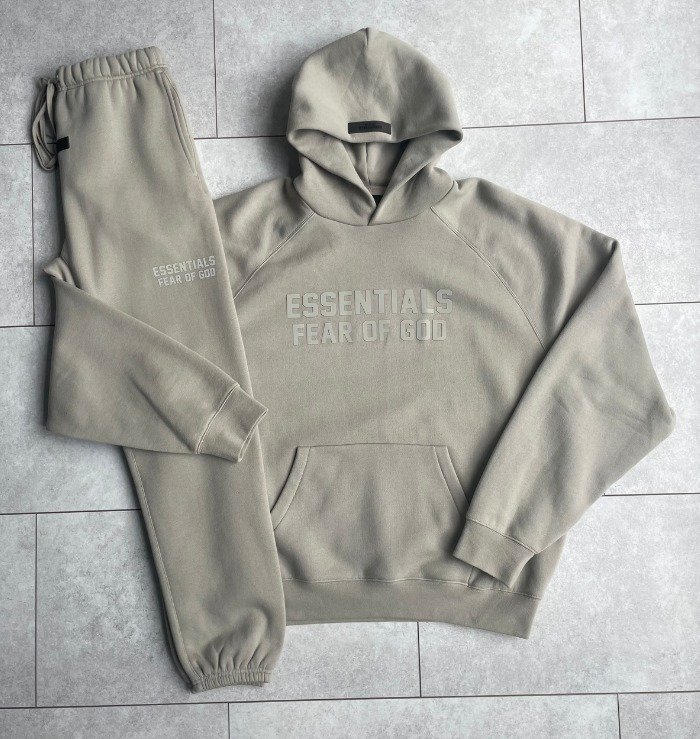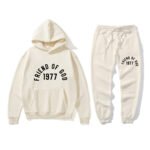Whether you’re a director, camera operator, sound technician, or production assistant, what you wear on a film set can significantly impact your performance and safety. Film sets can be unpredictable environments—early mornings, long hours, indoor and essentials clothing outdoor shoots, changing weather, and physically demanding tasks all contribute to the need for practical, durable, and comfortable clothing. Dressing appropriately is not about fashion—it’s about functionality, professionalism, and safety.Here’s a comprehensive guide to essential clothing for a film set, tailored to various roles and environments.
1. General Guidelines: Dress Practically and Neutrally
Regardless of your role on set, the following general rules apply:
- Dark or Neutral Colors: Wear black, grey, or other dark, non-reflective colors. Bright colors can reflect light onto the scene or distract actors and camera crew.
- Comfort First: You may be on your feet for 12-16 hours. Prioritize comfort and breathability.
- Layering is Key: Film shoots often begin early and end late, spanning temperature changes. Dress in layers to adapt to the weather.
2. Footwear: Your Most Important Investment
Everyone on set, regardless of department, should wear sturdy, comfortable, and closed-toe shoes. Footwear should:
- Provide arch support and cushioning for long hours of standing.
- Offer slip resistance, especially if working on slick studio floors or wet outdoor locations.
- Be durable and weather-resistant, especially for outdoor shoots.
Recommended: Hiking boots, work boots, or high-quality sneakers (black or dark-colored). Avoid sandals, open-toe shoes, or heels—these are unsafe and unprofessional.
3. Clothing by Department or Role
A. Camera, Grip, and Electric Departments
These roles are physically demanding and require constant movement, climbing, lifting, and crawling.
- Durable Work Pants: Cargo pants or tactical pants with multiple pockets for tools, batteries, and accessories.
- Work Shirt or T-shirt: Breathable, moisture-wicking fabric. Long sleeves can protect against sunburn or rough surfaces.
- Tool Belt or Pouch: Essential for carrying gaffer tape, multitools, markers, gloves, etc.
- Gloves: Work gloves to handle hot lights, cables, or heavy equipment.
Optional:
- Knee pads (especially for camera ops who kneel frequently).
- Utility vest for accessible storage.
B. Sound Crew
Sound professionals need mobility without creating noise or interference.
- Soft Clothing: Avoid rustling fabrics like nylon that could be picked up by boom mics.
- Vest or Small Bag: For transmitters, batteries, and small gear.
- Comfortable Footwear: Sound operators often move quickly between takes—quiet shoes are essential.
C. Directors, ADs, and Script Supervisors
These roles are less physically intense but still require long hours on their feet and frequent movement across set locations.
- Smart Casual Clothing: Directors may opt for slightly more polished looks, but practicality still wins.
- Light Jacket or Windbreaker: Weather-appropriate and easy to move in.
- Notebook or iPad Holster: Script supervisors, in particular, may carry a binder or tablet for script tracking.
D. Production Assistants (PAs)
PAs are the Swiss Army knives of the set—doing everything from runs to lockups to helping departments move gear.
- All-Purpose Clothing: Cargo pants, comfortable t-shirt, hoodie or jacket depending on the weather.
- Backpack or Waist Pack: Useful for carrying snacks, chargers, walkie accessories, and essentials.
- Watch: Punctuality is crucial. A simple, rugged watch helps manage time effectively.
E. Costume, Makeup, and Art Departments
These departments work closely with actors and often handle delicate items.
- Apron or Utility Belt: Holds brushes, pins, tools, etc.
- All-Black Outfit: When working on set, especially during a take.
- Comfortable Footwear: Often indoors, but standing all day requires good shoes.
4. Weather Considerations
A. Cold Weather Sets
- Base Layers: Thermal shirts and leggings.
- Insulated Jacket: Lightweight but warm. Down or synthetic fill is common.
- Hat and Gloves: Simple beanies and touch-screen compatible gloves for using devices.
- Waterproof Footwear: For snow or mud, insulated waterproof boots are a must.
B. Hot Weather Sets
- Moisture-Wicking Shirts: Synthetic or performance fabrics to keep cool.
- Breathable Pants or Shorts: Depending on the job and safety requirements.
- Sun Protection: Hat, sunglasses, and sunscreen.
- Cooling Towels: Optional but useful for outdoor summer shoots.
5. Set-Specific Accessories
- Headlamp or Flashlight: Especially for night shoots or early call times.
- Walkie Talkie Earpiece: PAs, ADs, and other crew often use walkies.
- Ear Protection: For loud environments like explosions or gunfire scenes.
- Masks and PPE: For dusty environments, special effects, or health guidelines.
6. What Not to Wear on Set
- Bright Colors or Logos: Distracting and can interfere with lighting or green screens.
- Noisy Fabrics: Avoid nylon jackets or rustling materials.
- Jewelry: Can snag or make noise.
- Revealing or Inappropriate Clothing: Even in hot weather, professionalism is key.
7. Bonus Tip: Pack a “Set Bag”
Everyone on set should bring a small backpack or kit with essentials:
- Extra socks
- Rain poncho or umbrella
- Reusable water bottle
- Snacks
- Phone charger or power bank
- Sharpie or pen
- Painkillers or personal medication
Conclusion
Dressing for a film set is about blending in Essentials Hoodie staying safe, and being ready for anything. The right clothing allows you to focus on the job at hand—whether that’s framing the perfect shot, moving gear, or coordinating talent. Investing in durable, functional clothing not only improves your comfort but shows your professionalism and preparedness.
So the next time you’re packing for a shoot, think of your clothing as part of your toolkit—it should help you move smarter, stay safer, and work longer. Because when the cameras roll, the last thing you want to worry about is your feet hurting or your jacket rustling in the mic.

